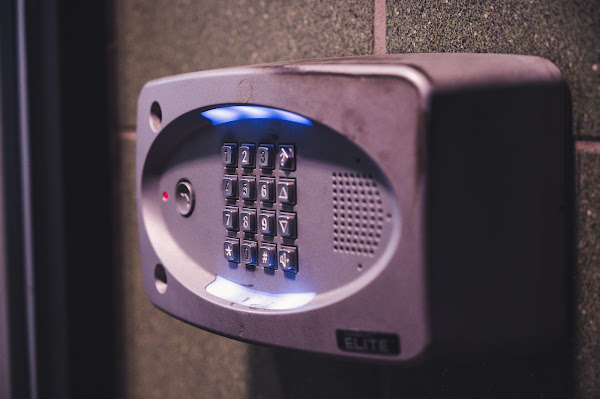Nearly every major company has used cloud computing to varying degrees in its operations. To protect against the biggest threats to cloud security, the organization's cloud security policy must be able to handle the integration of the cloud.
The vulnerability could be exploited against the on-premises version, but the Amazon Web Services (AWS) WAF prohibited all attempts to do so against the cloud version by flagging the SQL injection payload as malicious.
What is cloud security?
Cloud computing environments, cloud-based apps, and cloud-stored data are all protected by a comprehensive set of protocols, technologies, and procedures known as cloud security. Both the consumer and the cloud provider are jointly responsible for cloud security.
It helps maintain data security and privacy across web-based platforms, apps, and infrastructure. Cloud service providers and users, including individuals, small and medium-sized businesses, and enterprises, must work together to secure these systems.
How do hackers breach cloud security?
While crypto mining is the primary focus of each hacking operation at present time, some of their methods may be applied to more malicious aims in the future.
1. Cloud Misconfiguration
A major factor in cloud data breaches is incorrectly configured cloud security settings. The tactics used by many enterprises to maintain their cloud security posture are insufficient for safeguarding their cloud-based infrastructure.
Default passwords, lax access controls, improperly managed permissions, inactive data encryption, and various other issues are usual vulnerabilities. Insider threats and inadequate security awareness are the root causes of many of these flaws.
A large data breach could occur, for instance, if the database server was configured incorrectly and data became available through a simple online search.
2. Denonia Cryptominer
Cloud serverless systems using AWS Lambda are the focus of the Denonia malware. The Denonia attackers use a scheme that uses DNS over HTTPS often referred to as DoH, sending DNS requests to resolver servers that are DoH-based over HTTPS. As a result, the attackers can conceal themselves behind encrypted communication, preventing AWS from seeing their fraudulent DNS lookups. As a result, the malware is unable to alert AWS.
The attackers also seem to have thrown in hundreds of lines of user agent HTTPS query strings as additional distractions to divert or perplex security investigators. In order to avoid mitm attacks and endpoint detection & response (EDR) systems, analysts claim that the malware discovered a way to buffer the binary.
Cloud-native malware called CoinStomp targets cloud security providers in Asia with the intention of cryptojacking. In order to integrate into the Unix environments of cloud systems, it also uses a C2 group based on a dev/tcp reverse shell. Then, using root rights, the script installs and runs additional payloads as system-wide system services.
4.WhatDog Crptojacker
The WatchDog crypto-mining operation has obtained as many as 209 Monero cryptocurrency coins. WatchDog mining malware consists of a multi-part Go Language binary set. One binary emulates the Linux WatchDog daemon mechanism.
5. Mirai botnet
In order to build a network of bots that are capable of unleashing destructive cyberattacks, the Mirai botnet searches the internet for unprotected smart devices before taking control of them.
When ARC-based smart devices are infected with the malware known as Mirai, a system of remotely operated bots is created. DDoS attacks are frequently carried out via botnets.
The Mirai malware is intended to attack weaknesses in smart devices and connect them to form an infected device network called a botnet by exploiting the Linux OS, which many Internet of Things (IoT) devices run on.
The WAF did not recognize the new SQL injection payload that Claroty researchers created, yet it was acceptable for the database engine to analyze. They did this by using a JSON syntax. All of the affected vendors responded to the research by including JSON syntax support in their products, but Claroty thinks additional WAFs may also be affected.













